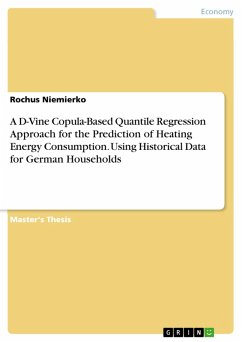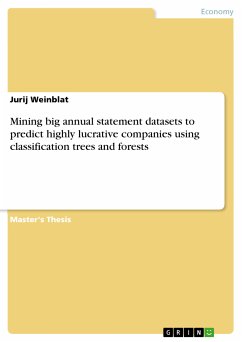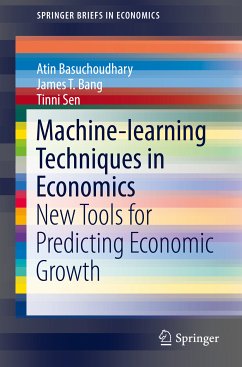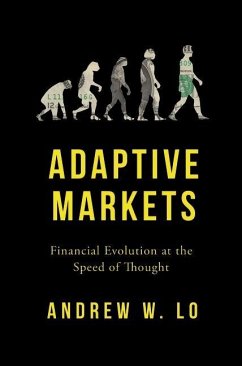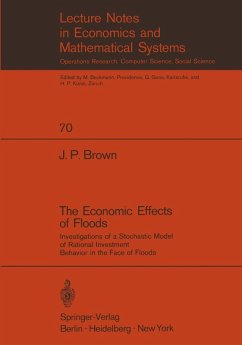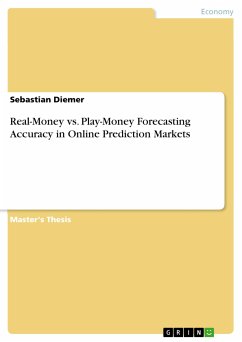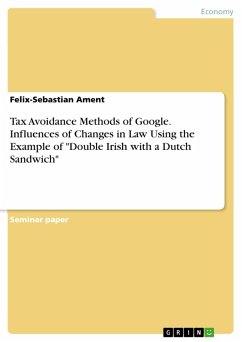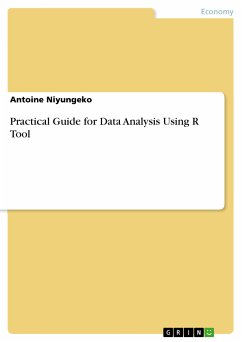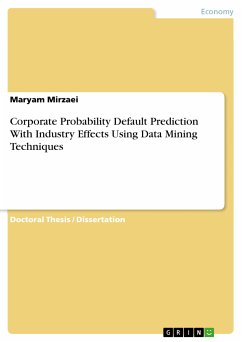
Corporate Probability Default Prediction With Industry Effects Using Data Mining Techniques (eBook, PDF)
Versandkostenfrei!
Sofort per Download lieferbar
39,99 €
inkl. MwSt.

PAYBACK Punkte
0 °P sammeln!
Corporate default prediction has acquired prime importance in academic research, business practice and government regulation. As a result of internal and external economic shocks, unexpected corporate insolvencies had lead to severe damage to the economy. This highlights the crucial importance of an accurate corporate default prediction model. This study aims to obtain new insights on how to establish and validate predictive probability of default models. The first section examines the industry impact on default prediction. It is plausible that probability of default may differ for firms, due ...
Corporate default prediction has acquired prime importance in academic research, business practice and government regulation. As a result of internal and external economic shocks, unexpected corporate insolvencies had lead to severe damage to the economy. This highlights the crucial importance of an accurate corporate default prediction model. This study aims to obtain new insights on how to establish and validate predictive probability of default models. The first section examines the industry impact on default prediction. It is plausible that probability of default may differ for firms, due to distinctive nature of each industry. The second section deals with proposed key idea to assess and compare different default prediction models among Iranian listed firms across industries to examine how good a real-life probability of default can be predicted. Finally, in order to mitigate the severe consequences of the global financial and economic crisis, the current study underlines the differences of default prediction determinants during different economic periods (pre- and during global financial crisis periods). In order to achieve the proposed objectives, logistic regression and four supervised models were employed. This includes Decision Tree, Neural network, Support Vector Machine and ensemble Adaboost classifiers. A variety of different performance metrics were applied to investigate the models accuracy. The findings of the current study are as follows: In the course of investigating the industry’s characteristics, the indirect impact is clearly traceable due to changing of sign and magnitude of determinants across industries. The results reveal that supervised models yield higher performances than traditional linear techniques. The use of different data mining techniques improves the prediction power of the models to forecast probability of default across industries. The mechanism between variables and the probability of default is dependent on economic conditions of the country. The results indicate that the impact of different economic periods varies across industries. In addition, the results of this study may be valuable for any financial institution performing credit risk models to estimate their minimal capital requirements and to reduce the costs of risk management.



